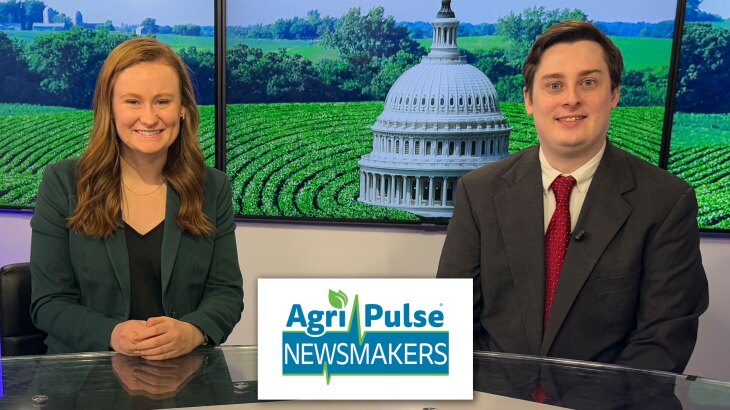Consistently high producer input costs, coupled with ongoing drought in many parts of Rural America are creating a difficult planting season this year and pushing off sustainability goals for many as farmers face competing financial pressures.
Inputs Pressure Sustainability Plans
High input costs are standing in the way of farmers intending to shift to more sustainable practices, according to research by McKinsey and Company.
The consulting firm’s research found farmers consider their perceived return on investment as a key factor when adopting more sustainable practices in their operations.
The study also found that the farmers were more likely to adopt practices if the costs associated with the switch were lower and more likely to improve profitability. Producers were more likely to adopt new behavioral practices (like crop rotation and reduced tillage or no-till farming).
On the other hand, practices that involve cost-prohibitive machinery changes (like controlled irrigation) had lower adoption rates because producers anticipate profitability compared to investment.
The firm concluded that due to the consistently high prices of other input costs (like fuel, feed, and fertilizer) are hindering farmers’ ability to adopt some of the more costly sustainable practices that would also help them increase productivity and profitability. The firm recommends investing in education programs and making sustainability programs more accessible.
The Cost of Ongoing Drought
High costs coupled with ongoing drought could also stand in the way of planting season this year.
For the second straight week, prices for all eight major fertilizers are up month over month. And while fertilizer prices have been fairly flat since last October, figures are still relatively high. This could cause farmers to not do any quick or early post-planting fertilizer application.
The Iowa State University Extension recommends manure fertilizer for those looking to avoid higher costs.
And while overall drought around the Midwest has improved this year, the U.S. Drought Monitor still shows producers and cropland facing anywhere from abnormal to extreme levels of drought. In fact, soils are starting in worse conditions now than they were last year.





















